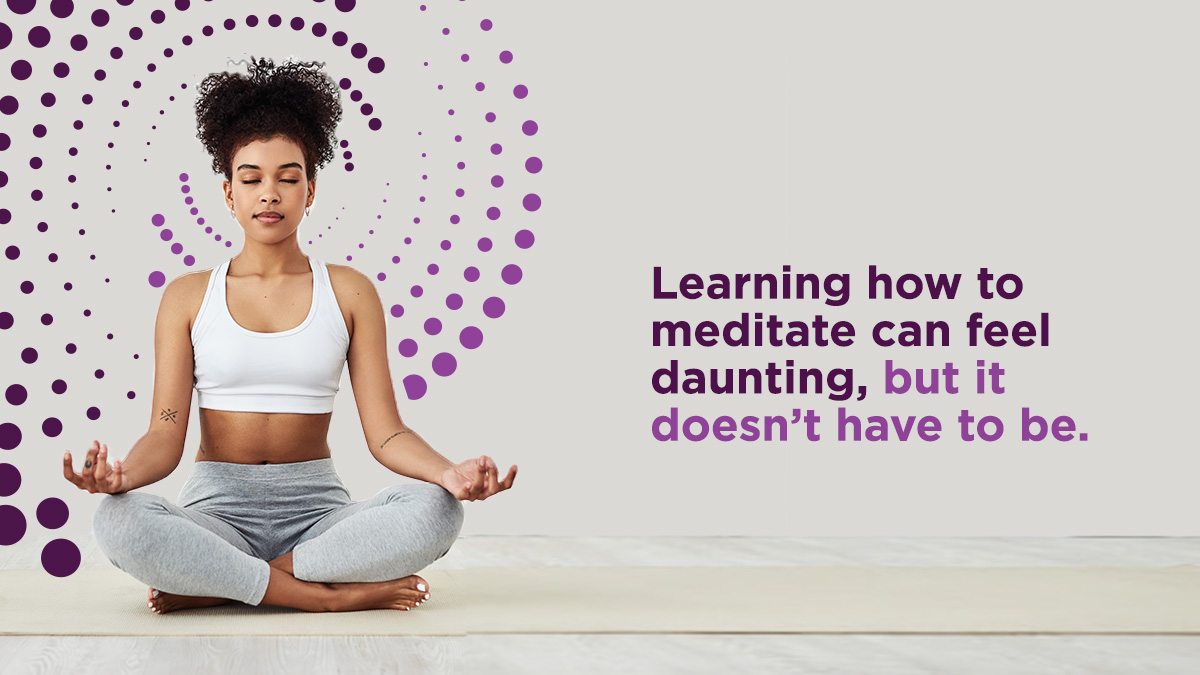During these incredibly anxiety-provoking times, you may have tried some of the many available meditation apps for stress relief. You sit comfortably and try to focus on your breathing. You follow the instructions for relaxing your body one part at a time. About two body parts into your meditation, your mind wanders. You remember something you forgot to do. You start thinking about things that still need to get done. You start tossing around a mental checklist — an appointment you forgot to make, a product you need to order, a phone call or text that you have to return, a review of your work schedule – it’s an endless stream of worries with no shut off valve.
You remember you’re supposed to be meditating and tell yourself it can all wait until you’re finished. You focus on your breathing again and — damn – there they go again — those racing thoughts that make it impossible to clear your mind and relax. You look at the timer, dead certain that at least 15 minutes have passed since you sat down, only to discover you’re about 45 seconds into your “quiet time.” You come to the conclusion that you just can’t meditate and you give up.
It is a common misconception you should be able to completely empty your mind and submit to a total relaxation experience when you meditate or you are doing it “wrong.” That couldn’t be further from the truth. In fact, the scenario I described above is more typical of how most people meditate. When you give up, you’re denying yourself one of the most powerful relaxation tools you can use.
Here are a few basic steps to making your meditation experience more successful:
- Sit comfortably. – Find a comfortable sitting position that allows you to breathe deeply and freely. It’s best to sit up and not recline.
- Follow your breath. — Pay close attention to each inhalation and exhalation, being mindful of each bodily sensation as your breath enters through your nose or mouth then travels down your body all the way down until it fills your belly. Then follow its reverse journey back up and out of your body.
- Notice when intrusive thoughts take over. — just thank them for dropping in and go back to focusing on your breathing. This can (and will) happen multiple times throughout your meditation. Sometimes you will have a fleeting thought; other times you will entertain a thought for several minutes. As soon as you realize your focus has wandered, just gently bring it back to your breathing.
- Don’t judge yourself. — Do not label a wandering mind as “bad meditation” or berate yourself for “not getting it right.” That’s part of the process. In a 15-minute meditation session if you get two good minutes of focused breathing, you’ve done a great job!
So don’t give up on yourself. There is no right or wrong. Over time, you will find your mind wandering less and less and you will feel all of the stresses of the day floating away!
Mary Calamia, LCSW-R, provides counseling services for children, adolescents and adults. She is currently offering telehealth services for clients living anywhere in New York and Florida. Contact mcalamialcsw@gmail.com for more information.




